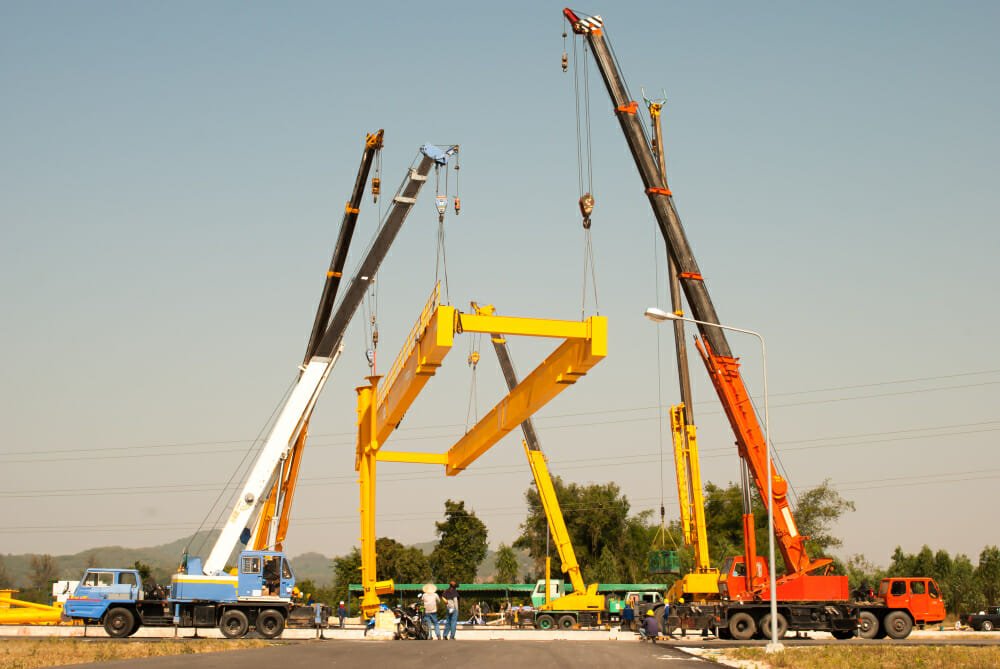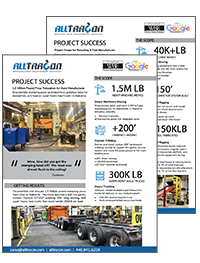Warehouse storage is a critical component of efficient inventory management. From small businesses to large enterprises, the way inventory is stored directly impacts operational efficiency and overall profitability. Making the right choice for your warehouse storage is not just about maximizing space but also ensuring easy access, organization, and preservation of goods. In this guide, we’ll explore essential tips and tricks to help you make informed decisions and optimize your warehouse storage for your specific inventory needs.
Understanding Your Inventory
Before diving into the specifics of warehouse storage, it’s crucial to have a comprehensive understanding of your inventory. Conduct a detailed analysis of the products you deal with, including their size, weight, fragility, and shelf-life. Categorize your inventory based on these factors and determine which items require special handling or specific storage conditions. Understanding your inventory thoroughly will lay the foundation for designing an effective storage system tailored to your unique requirements.
Assessing Available Space
Once you have a clear grasp of your inventory, the next step is to assess the available space in your warehouse. Evaluate the floor area, ceiling height, and any unused vertical space that can be utilized for storage purposes. Efficient utilization of available space is essential for maximizing storage capacity without compromising on accessibility or safety. With a comprehensive understanding of your inventory and the available space, you can make informed decisions regarding the type of storage system that will best accommodate your needs.
Types of Warehouse Storage Systems
- Selective Pallet Racking: Ideal for warehouses dealing with a high volume of palletized goods, selective pallet racking provides easy access to each pallet. This system maximizes vertical space and allows for direct access to every pallet, making it suitable for businesses that require quick and frequent access to their inventory.
- Cantilever Racking: Suitable for the storage of long and bulky items such as pipes, lumber, and furniture, cantilever racking features arms that extend from the upright columns, providing unobstructed access to stored items. This system is particularly beneficial for warehouses dealing with irregularly shaped or oversized products.
- Drive-In Racking: This system is designed for high-density storage, allowing forklifts to drive directly into the racking system to deposit or retrieve pallets. Drive-in racking is best suited for products with a high turnover rate and homogeneous products that do not require individual access.
- Mezzanine Flooring: Mezzanine flooring involves the creation of an additional raised platform within the warehouse, effectively doubling the storage space. It is an excellent option for warehouses with high ceilings looking to maximize vertical space for light to medium-weight items or additional office space.
- Mobile Shelving Systems: These systems feature shelves mounted on carriages that move along tracks, allowing for compact storage and increased storage capacity. Mobile shelving systems are ideal for warehouses with limited floor space looking to optimize storage without compromising accessibility.
- Automated Storage and Retrieval Systems (AS/RS): AS/RS utilize automated technology to efficiently store and retrieve goods, maximizing storage density and minimizing the need for manual intervention. These systems are suitable for warehouses with high volumes of inventory and a focus on optimizing operational efficiency and reducing labor costs.
- Vertical Lift Modules (VLM): VLMs are automated systems that utilize vertical space to store and retrieve goods with the help of a computer-controlled mechanism. VLMs are ideal for warehouses dealing with small parts or components, providing efficient storage and retrieval while minimizing the use of floor space.
Factors to Consider When Choosing a Storage System
- Accessibility: Consider the frequency of access required for each item in your inventory. Choose a storage system that allows easy and quick access to frequently picked items while ensuring efficient storage for less frequently accessed goods.
- Scalability: Anticipate future growth and expansion when selecting a storage system. Opt for a system that can be easily expanded or modified to accommodate changes in inventory volume and product types.
- Safety: Prioritize the safety of your warehouse personnel and inventory. Choose a storage system that adheres to industry safety standards, ensuring the secure storage and handling of goods while minimizing the risk of accidents or damage.
- Cost-effectiveness: Evaluate the initial investment, maintenance costs, and potential long-term savings associated with each storage system. Consider the overall return on investment (ROI) and choose a storage solution that provides the best balance between cost and functionality.
- Integration with Technology: In an increasingly digitized environment, consider storage systems that can be seamlessly integrated with warehouse management software and other technological solutions to enhance inventory tracking, management, and overall operational efficiency.
- Flexibility: Select a storage system that offers flexibility in terms of reconfiguration and adaptability to changing inventory requirements. A flexible storage system allows for easy adjustments to accommodate fluctuations in inventory volume, size, or type.
Implementing an Effective Warehouse Layout
Creating an efficient warehouse layout is essential for maximizing productivity and minimizing operational inefficiencies. When designing your warehouse layout, consider the following tips:
- Optimize Space Utilization: Arrange storage systems to make the best use of available space while ensuring efficient movement of goods and personnel within the warehouse.
- Establish Clear Aisles: Designate clear and wide aisles to facilitate the smooth movement of forklifts, pallet jacks, and other material handling equipment. Clear aisles reduce the risk of accidents and enable quick access to stored inventory.
- Utilize Vertical Space: Make use of vertical space by implementing tall storage systems, mezzanine floors, or other vertical storage solutions to maximize storage capacity without expanding the warehouse’s footprint.
- Create Dedicated Zones: Segregate the warehouse into dedicated zones based on the type, size, and frequency of access of stored items. This zoning approach facilitates efficient inventory management, picking, and replenishment processes.
- Implement Efficient Signage and Labeling: Use clear and standardized signage and labeling systems to identify different storage areas, aisles, and product locations. Efficient signage and labeling streamline inventory management processes and reduce the likelihood of errors during picking and retrieval.
- Prioritize Safety Measures: Implement safety measures such as anti-slip flooring, safety barriers, and proper lighting to ensure a safe working environment for warehouse personnel and protect the integrity of stored inventory.
Best Practices for Warehouse Storage Management
- Regular Inventory Audits: Conduct regular inventory audits to assess stock levels, identify discrepancies, and optimize inventory turnover. Periodic audits help in maintaining accurate inventory records and reducing the risk of stockouts or overstocking.
- Implement Inventory Tracking Systems: Utilize advanced inventory tracking systems, such as barcode scanning, RFID technology, or warehouse management software, to monitor inventory movement, track stock levels, and streamline order fulfillment processes.
- Adopt Just-in-Time (JIT) Inventory Management: Implement a just-in-time inventory management strategy to minimize storage costs and reduce excess inventory. JIT enables you to maintain lean inventory levels while ensuring timely order fulfillment and reducing storage space requirements.
- Train Warehouse Personnel: Provide comprehensive training to warehouse personnel on effective storage management, equipment handling, and safety protocols. Well-trained staff can optimize warehouse operations, minimize errors, and ensure the proper handling of inventory.
- Regular Maintenance of Storage Systems: Schedule routine maintenance checks for storage systems to identify and address any potential issues that may compromise the integrity of stored inventory or pose safety risks. Regular maintenance prolongs the lifespan of storage equipment and ensures the smooth functioning of warehouse operations.
- Continuous Process Improvement: Foster a culture of continuous improvement within your warehouse by soliciting feedback from staff, monitoring key performance indicators (KPIs), and implementing process enhancements to optimize storage efficiency and overall operational performance.
Conclusion
Effective warehouse storage management is crucial for businesses of all sizes to ensure streamlined operations, optimized inventory handling, and enhanced overall productivity. By understanding your inventory, assessing available space, choosing the right storage system, and implementing efficient warehouse layout and management practices, you can create a storage solution that caters to your unique inventory needs while maximizing space utilization, accessibility, and safety. Stay informed about the latest advancements in storage technology and continue to adapt your warehouse storage strategy to meet the evolving demands of your business. With a well-planned and organized warehouse storage system, you can streamline your operations, improve customer satisfaction, and achieve sustainable business growth in the long run.







